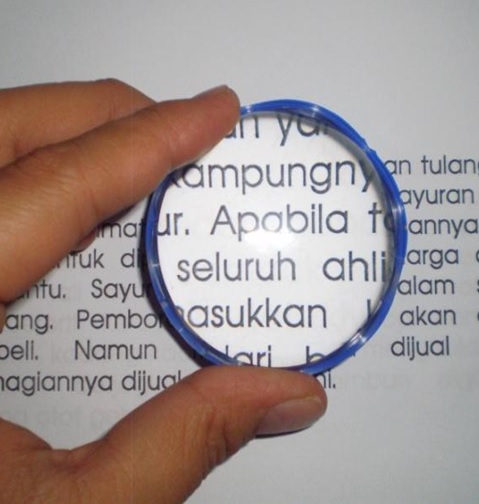Reliability of a Bahasa Melayu language version of the MOS 36-item short-form health survey (SF-36) in patients with low vision
Medical hypothesis, discovery & innovation in optometry,
Vol. 1 No. 3 (2020),
23 March 2021
,
Page 112-117
https://doi.org/10.51329/mehdioptometry115
Abstract
Background: The MOS 36-Item Short-Form Health Survey (SF-36) Bahasa Melayu language version is widely used to determine the health outcomes in Malaysia. Low vision is a condition where vision cannot be restored and vision rehabilitation is required to overcome the challenges it imposes. The SF-36 Bahasa Melayu language version can be used to measure the health outcomes among low-vision patients. However, little information is available among low-vision patients. This study aimed to assess the reliability of the SF-36 Bahasa Melayu language version among low-vision patients.Methods: Fifty low-vision patients aged 14 to 74 years (mean ± standard deviation: 44.58 ± 18.70 years) were randomly selected. All low-vision patients were interviewed twice by the same interviewer with a 2-weeks interval.
Results: The SF-36 Bahasa Melayu language version showed acceptable and good Cronbach alpha values of 0.68, 0.67, 0.76, 0.72, 0.73, 0.75, 0.72, 0.73 for physical function, role-physical, body pain, general health, vitality, social functioning, role-emotion, and mental health, respectively, in the first interview. The second interview also revealed similar Cronbach alpha values. The SF-36 Bahasa Melayu language version also showed a good repeatability between the first interview and the second interview, with Pearson correlation coefficients ranging from 0.6 to 0.9.
Conclusions: From this study, it can be concluded that the SF-36 Bahasa Melayu language version is reliable and repeatable. It is a useful tool to measure health outcomes among Malaysian low-vision patients. However, a future study of low-vision patients from the rural population and age groups representing the youth, working adults, and older individuals is necessary to obtain better outcomes of SF-36 in Bahasa Melayu language-based information on the health status of low-vision patients.
Keywords:
- SF-36 Bahasa Melayu language version
- MOS 36-Item Short-Form Health Survey
- SF-36
- low vision
- reliability
- visual impairment
- health outcomes
- visual rehabilitation
- Bahasa Melayu
- optometry

- Abstract Viewed: 197 times
- Full Text PDF Downloaded: 0 times